The beach of Loggas
Imagine standing on the shores of Loggas Beach, or Sunset Beach as the locals fondly call it, and experiencing a natural wonder that rivals the most stunning landscapes in the world.
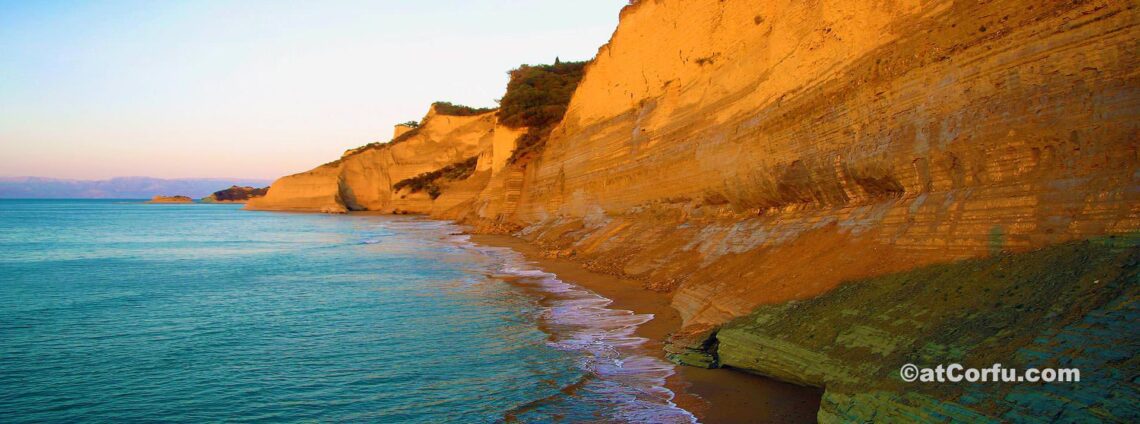

Loggas is a canvas of towering vertical rocks, their sedimentary layers elegantly cascading into the crystal-clear shallows.
It’s a scene that feels straight out of a fantasy novel – eerie, enchanting, and uniquely Corfu.
But what truly sets this beach apart is its reputation for hosting the most unforgettable sunsets.
As the sun dips below the horizon, it gifts Loggas Beach with a fiery spectacle, transforming the ordinary into the extraordinary.
Now, let’s talk about the beach itself – a narrow strip of soft sand that’s both beguiling and elusive.
During bouts of inclement weather, the sea’s appetite grows voracious, devouring the shore and leaving no trace of its sandy embrace.
Locals humorously describe this phenomenon as “the sea eats it.” Keep in mind that the cliffside is composed of delicate sandstone, occasionally leading to gentle rockslides.
It’s a reminder of nature’s dynamic dance, forever shaping the landscape.
To reach this enchanting oasis, you’ll navigate a staircase, well-kept yet steep, that welcomes you to the world below.
Descending is a breeze, but the ascent might just leave you breathless, both from the climb and the beauty that surrounds you.
Once at the beach, you’ll notice a peculiar trend among bathers – the liberal use of clay from the rocks. It’s a secret beauty ritual, embraced by those who seek to blend in with the landscape’s allure.


Now, let’s shift our gaze to the celebrated Canal d’Amour, the famed “Canal of Love.”
Here, the forces of nature have sculpted sandstone into intricate, porous forms, transforming the coastline into a work of art.
The beach boasts not just one, but two canals, framing a small yet enticing beach.
Yet, the true wonder lies in the western canal, a unique open-ended cave that invites intrepid swimmers to traverse its depths, emerging on the other side in a shared vow of eternal love.
Adjacent to this wonder is Cape Drastis, a twin beach of equal allure.
This secluded haven remains untouched by human intervention, protected from the ravages of time. Accessible only by boat due to its remote location, Cape Drastis is the embodiment of pristine beauty.
As you approach by boat, you’ll find yourself immersed in a realm that seems untouched by the passage of time.
So, when you dream of Corfu’s hidden treasures, let Loggas Beach and Canal D’Amour be the stars of your reverie – a testament to nature’s artistry and the island’s bewitching charm.
Peroulades: The village


Just a stroll away, a mere two kilometers from the bustling tourist hub of Sidari, lies the quaint and timeless village of Peroulades.
In stark contrast to Sidari’s vibrant cosmopolitan vibe, Peroulades exudes an aura of romance and tranquility.
This village, unspoiled by the trappings of modern tourism, holds a distinct Venetian charm that provides a refreshing and unique perspective of Corfu.
As you step into the heart of Peroulades, the unmistakable Venetian influence unfolds before your eyes.
Mansions adorned with Venetian arches and embellished with coats of arms, topped by classic light-hued Byzantine tiles, invite you to delve into this captivating environment, once a thriving community in its own right.
While the village may not be teeming with inhabitants, it boasts a selection of accommodations including hotels, apartments, and villas, making it an ideal destination for those seeking a serene and rejuvenating getaway amidst an enchanting landscape.
You’ll find a convenient mini-market and a charming café-bar, positioned above the area’s main attraction, Loggas Beach.
This beach stands as one of the most awe-inspiring stretches of coastline, not only on the island but across the globe.
The café-bar is renowned for its glass platform that offers unparalleled vistas over the dramatic cliffs, enticing every visitor to capture the breathtaking scenery through their lens.
Indeed, this spot is a haven for photographers seeking to capture nature’s masterpiece.
An intriguing aspect of the region
There have been archaeological findings that suggest the presence of Neolithic settlements on the island of Corfu.
Neolithic artifacts dated to 12,000 BCE and remains have been discovered in various locations, providing evidence of ancient human habitation during this prehistoric period.
Neolithic sites on Corfu include areas like Peroulades, Sidari, Chalikounas, and Kavos, where pottery fragments, tools, and other artifacts have been unearthed, indicating early human activity.
These findings shed light on the lifestyles, activities, and technologies of the people who lived on the island thousands of years ago.
The Neolithic settlements on Corfu may not be as well-documented or extensively studied as those in some other regions.
They contribute to our understanding of the island’s ancient history and the broader cultural and social developments of the Neolithic era in the Mediterranean.
Origin of the name Peroulades
Imagine this intriguing tale: the entire northwestern tapestry of Corfu conceals a shared secret, a captivating narrative that ties 90% of its villages to their very own inhabitants.
But hold on, for there’s a twist that makes this story even more riveting.
Transport yourself to the medieval ages, where the winds of history carried whispers of Aggelokastro, an ancient stronghold guarding the Byzantine Empire’s interests.
In its service were valiant soldiers, aptly known as ‘stradioti.’
These were a diverse race of warriors hailing from corners far and wide, from the heartlands of Greece to the exotic fringes of Assyria and Armenia. They were the embodiment of a multicultural mosaic.
As the curtains drew on their military service, a unique fate awaited these ‘stradioti’. Land, a symbol of new beginnings, was bestowed upon them by the empire they defended.
Their journey didn’t end at Aggelokastro; it extended to the very soil they had sworn to safeguard. Makris, Jousis, Poulimas, Armenis, Aspiotis, Manatos, Jardelis, Doukas, Peroulis – these were just a few of the names that echoed through the corridors of time.
And so, the tale of these names lived on, woven into the very fabric of the land they now called home.
The villages that emerged from this rich tapestry bear the mark of their origins: Makrades, Jousades, Poulimades, Armenades, Aspiotades, Manatades, Gardelades, Doukades, and the enchanting Peroulades – a testament to the lineage of Peroulis.
Step back and absorb this extraordinary chronicle, where the Balkans themselves are a living testament to the intermingling of cultures.
A resounding answer to the chants of ultra-nationalists who propagate the notion of a whimsical ‘pure-blood’ saga, this narrative celebrates diversity as the true heartbeat of history.
See:
The Best Beaches in Corfu



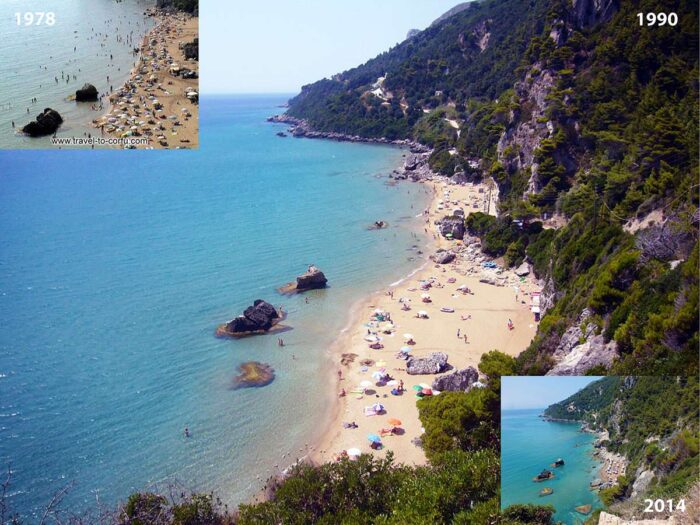

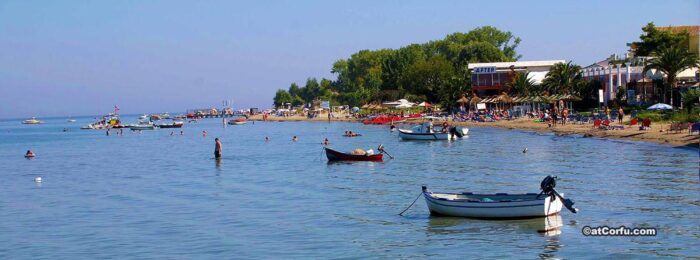
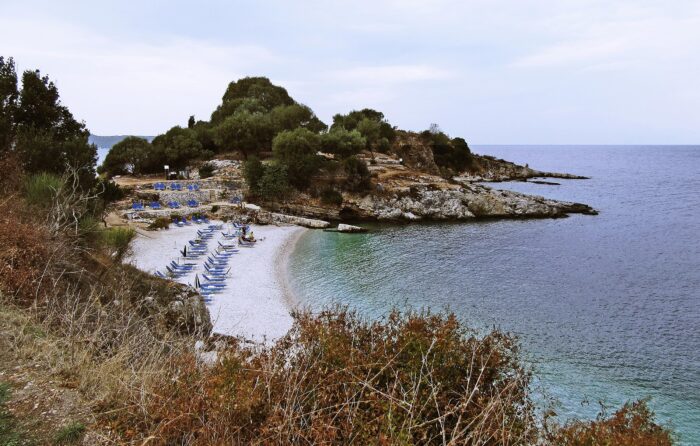

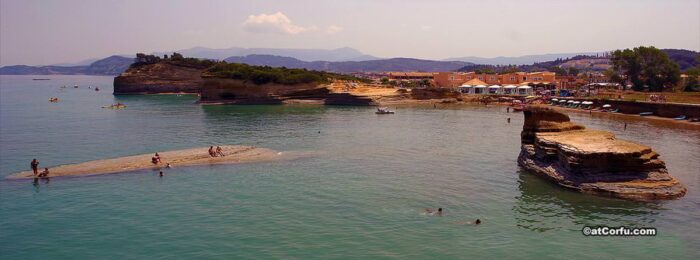
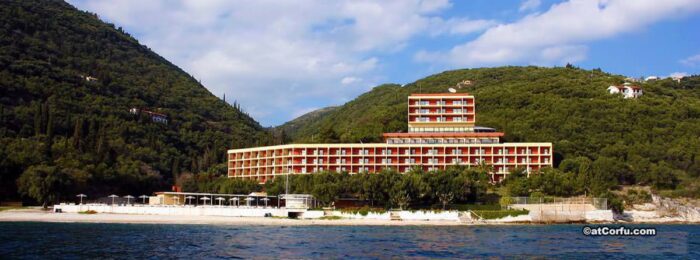


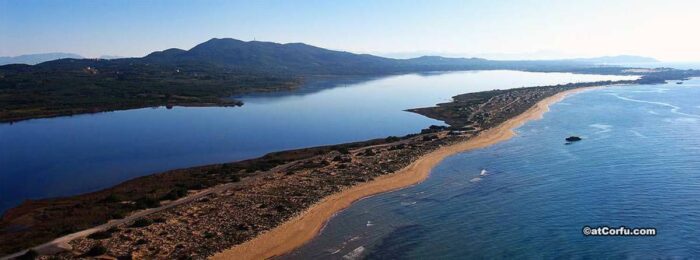



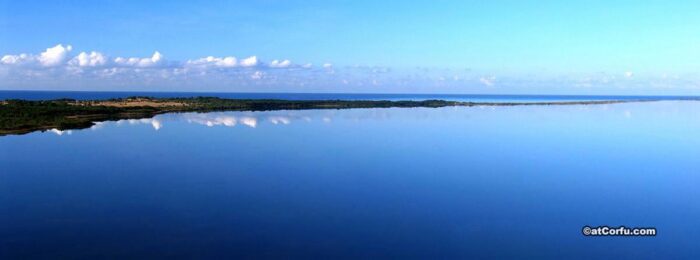
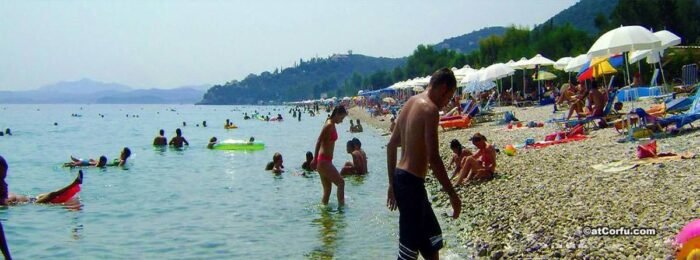

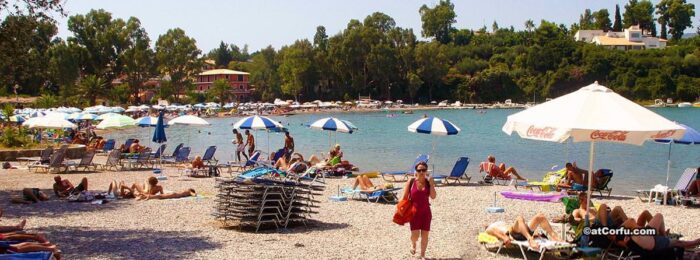

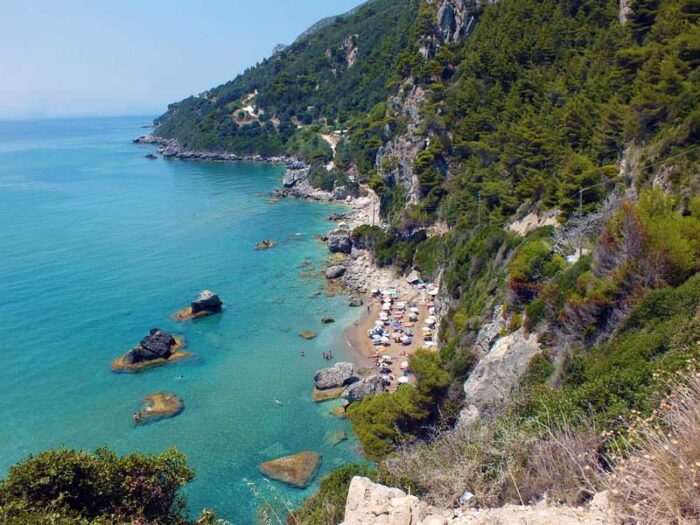





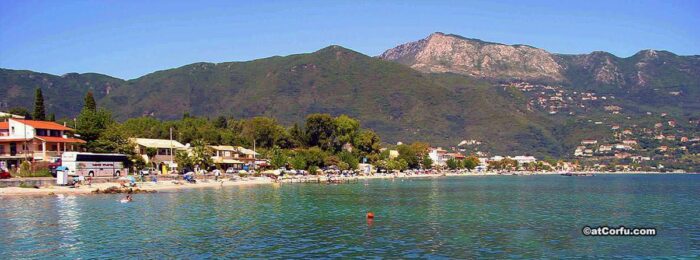
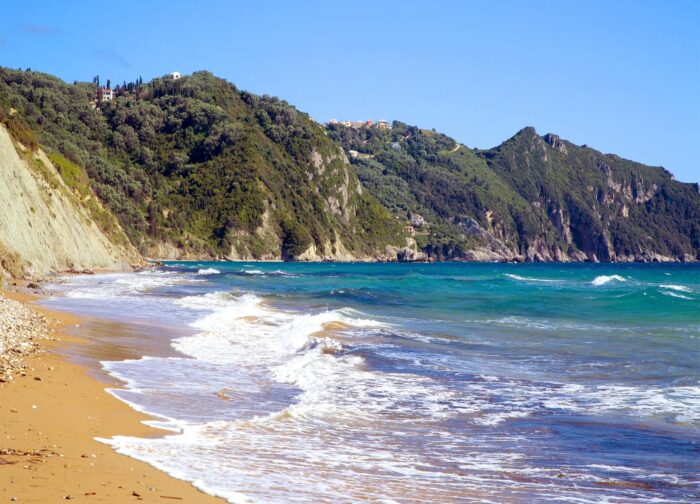
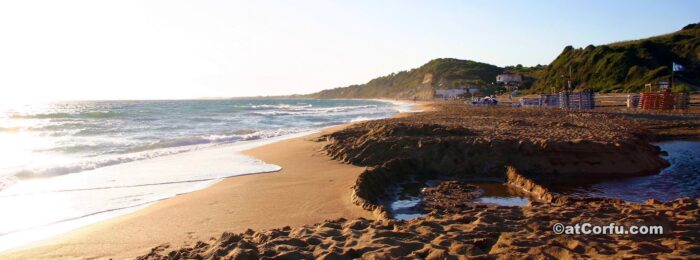
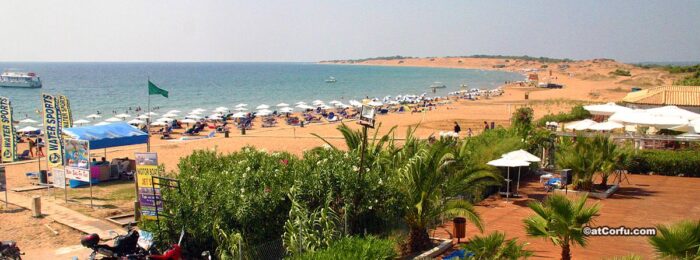


Comments